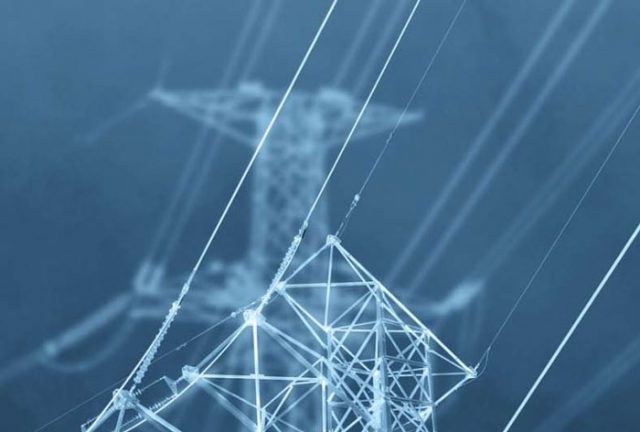MultiTech designs, develops and manufactures data communications equipment – cellular and LoRAWAN modems, routers and gateways – for the Industrial Internet of Things (IIoT). Bill Ingle, a senior analyst at Beecham Research, interviews Sara Brown, the vice president of marketing, and Gregg Zastrow, the senior manager of programmes and partnerships, at MultiTech, to understand how the company is helping utilities become smarter.
Bill Ingle: How does an aging electric utility infrastructure, with an aging workforce, fit into today’s smart utilities picture?
Sara Brown: In most of the world, the infrastructure that delivers electricity was built out over 100 years ago. When that infrastructure was first deployed, the electrical load it had to carry was significantly different to what it is today.
Today’s load is much greater, which creates a great deal of strain. Over time, utilities have been updating and adding to the infrastructure, but infrastructure projects are not exactly fast and easy projects.
The frontline personnel doing that work tend to have been with a utility for quite some time and may be approaching or past retirement age. With today’s unemployment rate and, perhaps, disinterest in being a lineman, utilities have to think about other ways to manage and update that infrastructure.
BI: How does a need for dynamic switching for load balancing heighten the need for utilities to be smarter?
SB: With the infrastructure not built to hold the loads we use, dynamic switching for load balancing becomes important. Automated metering and dynamic pricing impacting consumer behaviour was first implemented in Europe, where utilities would charge less per kilowatt hour and less for water if I did my laundry at 10:00pm instead of at 8:30am. That had an impact but didn’t completely solve the problem. In the US, some of the utilities are incentivising businesses to step off the grid during high power draw times, whether during a storm emergency, when a business can switch to a generator, or at other times when circuit overloads are anticipated. With the addition of alternative energy sources such as solar or wind, utilities are looking at dynamic energy resource management (DERM), which involves switching from one source to another depending on availability.
The availability of power from solar and wind changes with the weather and time of day; even a solar eclipse will impact load balancing. During the 2017 eclipse, non-solar plants in North Carolina that would otherwise have been sitting idle had to be fired up.
The systems are complicated; intelligent software systems must switch between sources providing a variety of data during special events and high power usage times. Some systems may switch where you’re sending the electricity – I don’t need it at my house at the highest rate at 9:00am but they need it at the office at 9:00am.
Gregg Zastrow: Electric vehicle (EV) charging systems will become an increasing part of the mix, as well.
SB: EV charging stations are like vending machines and kiosks. We’re seeing people lean more towards cellular, for a variety of reasons, including security and latency, for connecting them.
BI: What about critical infrastructure?
SB: The regulations for critical infrastructure came out of possible cyber-terrorist activity, but the implications are broader. The holy grail for smart cities, for example, is emergency response. Whether because of a terrorist event, or events like hurricanes or wild fires, disparate systems – utilities or emergency responder systems or even street lighting or traffic routing – must work together.
The fact that those things are critical is bigger than just data security. How do we deal with evacuating 100,000 people from the entire coast of North Carolina – what’s the traffic management associated with that? How do we know that those people are not in the building from which we’ve asked them to vacate? Then on the back-end, how do we make sure that when they go home the water they’re consuming is safe and they have power, heat and air conditioning? How do we get medical services to them in instances where bridges may be out or roads are blocked from fire?
When I think about critical infrastructure, whether it’s utilities or the broader smart city or smart community context, I think critical has a much bigger meaning.
BI: What’s the role of hybrid communications in smart utilities?
SB: Cellular, Ethernet, Wi-Fi, LoRaWAN – there are a lot of communication technologies out there. When you look at a utility’s distribution network, whether water or electric or gas, there’s a place for each one of these technologies, but they need to work together in hybrid networks. Low power wide area (LPWA) technologies such as LoRaWAN and SigFox are already commercialised; narrowband IoT (NB-IoT) and Cat-M are at the beginning of their life cycles. They open the door for monitoring equipment and networks and building communications into the aging infrastructure at lower cost.










